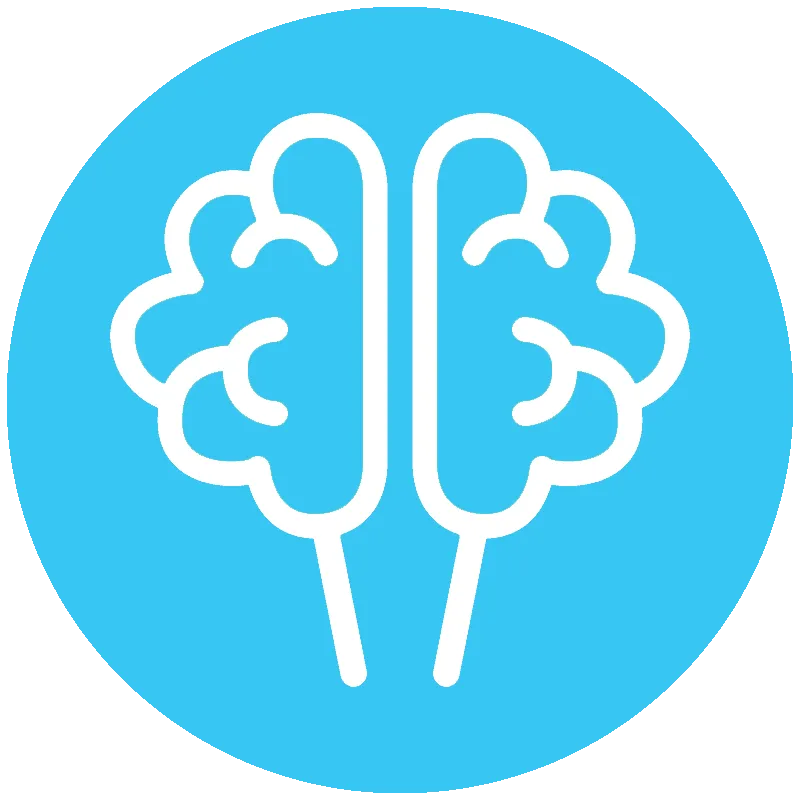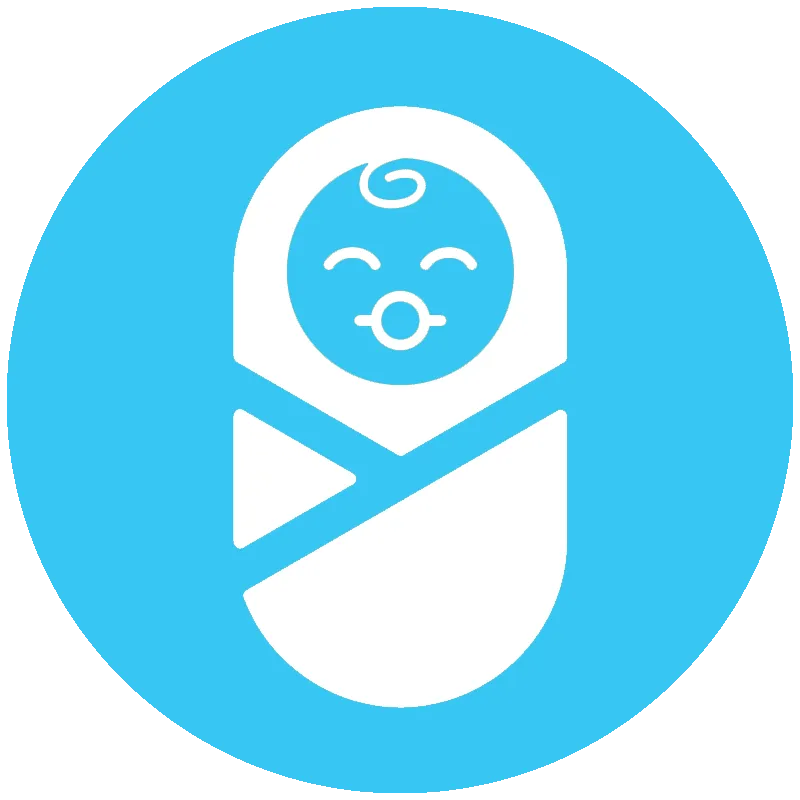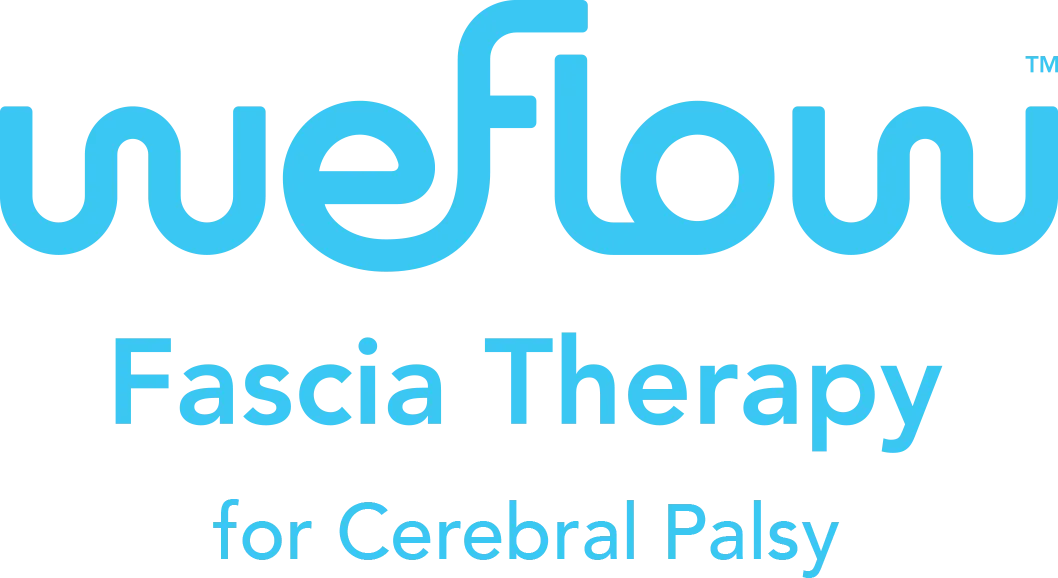Rationale Behind
WeFlow Fascia Therapy
Why Choose Us
We help with...

BRAIN
INJURY
Cerebral Palsy
PVL / Brain injury
Near drowning
Genetic conditions
Neuromuscular conditions

EARLY
CHILDHOOD
Developmental delays
Reflux and constipation
Sleep disorders
Infant colic
Latching / breast feedin
Lazy eye / strabismus

ORTHOPAEDIC
CONDITIONS
Scoliosis
Flat head (Plagiocephaly)
Torticollis
Flat feet

AUTISM
Autistic spectrum disorders
Sensory processing disorders
WeFlow Fascia Therapy is the result of many approaches together. It is the consequence of a continuous learning process that has some roots worth mentioning.
From the NDT/Bobath approach, we learn that without proper control of the core (trunk stability) the body compensates distally (with the extremities). If proper activation of the deep postural system is missing, the functional performance would be always limited. By facilitating normal movement patterns, this approach brings wonderful results with mild cases of cerebral palsy (types I, II and III in the GMFCS) but as our experience shows, activating the core and facilitating normal movement is not enough for the severe cases, as most of the time voluntary control is limited and the results and improvements don’t last (this has been recognized with the GMFCS curves, level III, IV and V).
The concept of fascia and its role in supporting the body structures helps to understand the collapse and distortion that most of the severe cases of cerebral palsy present. With the exposure into the fascia world comes the concept of biotensegrity. The body is not built as a table, where the legs are nailed to the top. The bones in the body don’t touch each other, so stating that the muscular and skeletal systems are responsible for our posture is, somehow, simplistic, like blaming the muscular imbalances and the spine for scoliosis, or the adductors' spasticity for the hip subluxation. By understanding tensegrity structures, the analysis deepens and the variables to consider increase.
This model aligns perfectly well with the osteopathic principles of that the structure and function are reciprocally related and that changes applied in one area will also have effects on others. In WeFlow, addressing the fascial system becomes the goal of the treatment done by both, the professional during the session and the parents at home.
Many osteopathic concepts are fundamentals for WeFlow, like the recognition that the body possesses self-regulatory and self-healing mechanisms. Dr. A.T. Still, founder of Osteopathy believed that “A healthy state exists as long as there is normal flow of body fluids and nerve activity” and that “Removal of mechanical impediments allows optimal body fluid flow, nerve function and restoration of health”.
As we go deeper into the understanding the fascial system and while embracing the idea of the body as an indivisible entity, we arrive at the deepest level of fascia: the fascia of the central nervous system, the meninges. And with it, inevitably, we need to recognize the work of Dr. William G. Sutherland as the father of the Cranial Osteopathy and later, of Dr. John Upledger as the creator of the Craniosacral therapy.
But not everything is scientifically based. The most important element within WeFlow Fascia Therapy comes from just listening and honoring the child in front of us, his family and their needs. This is an ongoing process that keeps teaching us as we go.
ONLINE TRAINING FOR PARENTS
IN-PERSON THERAPY AND TRAINING
What we offer
Scope Our Services
We understand that no two journeys are the same. That’s why WeFlow Fascia Therapy offers a wide range of services to meet you where you are and take you where you want to go.
Counseling Services
Gain clarity and overcome challenges with guidance tailored to your needs.
Advisory Support
Expert advice to help you make informed decisions and achieve success.
Online Courses
Flexible learning opportunities designed to fit your busy schedule.
Certifications
Enhance your skills and boost your career with industry-recognized certifications.
Community Networking
Join a supportive group of women who share your aspirations and challenges.
Product Recommendations
Discover tools and resources curated to support your goals.
Startup Support
From idea to execution, we’ll help you build and grow your business.





